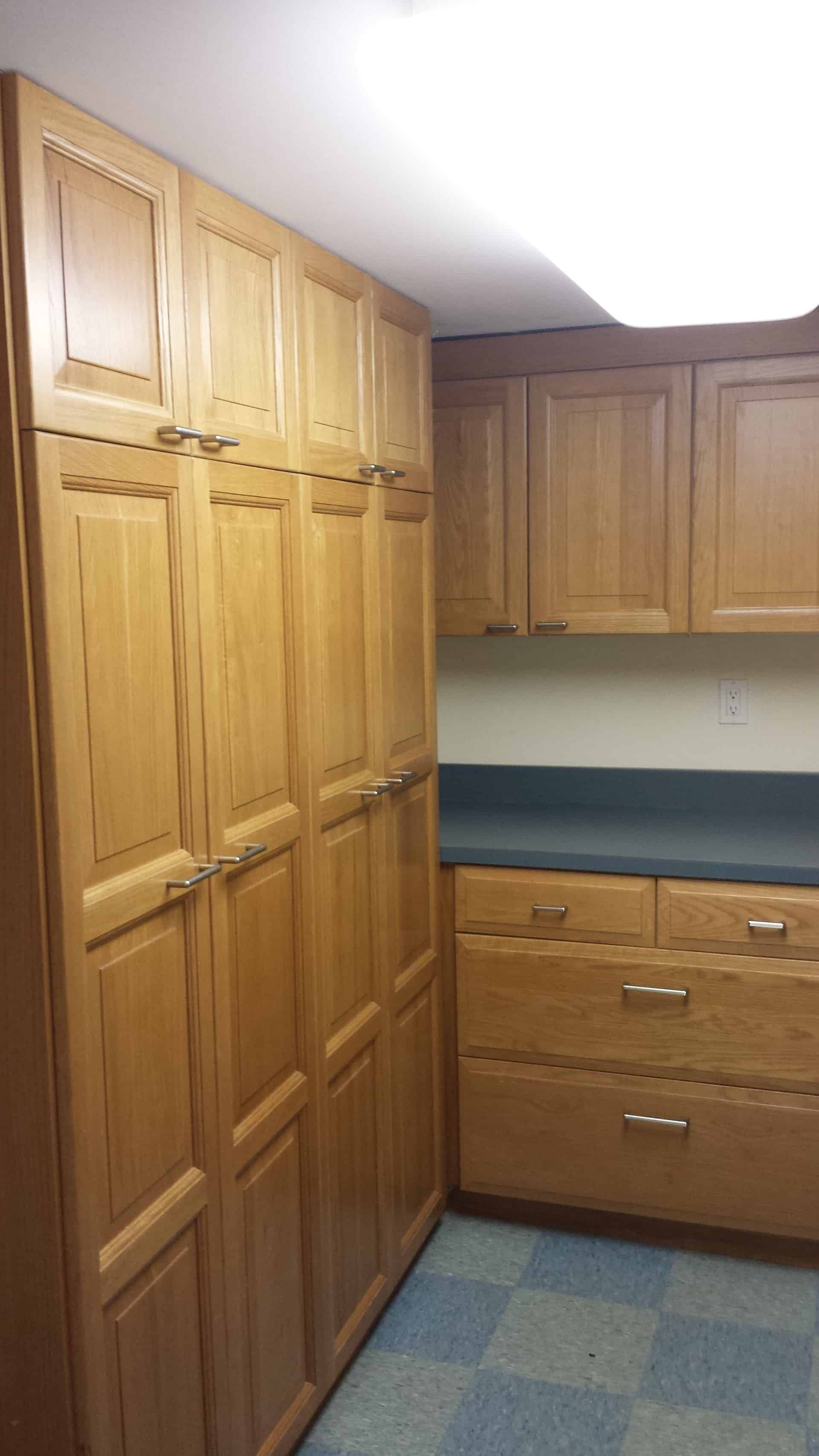Tips on Painting a Wooden Surface
Painting a wood surface requires patience and attention to detail, but by preparing yourself for this painting job you can make the whole process easier and more effective. A wood painting project is lot of work; it involves stripping off old paint, cleaning the surface and then priming. Only then can you move on to the final step of applying paint on the wood surface. In this article we will share with you essential tips on all major steps involved in wood painting.
Removing Paint from Wood
To strip old paint from the wood surface you can use a solvent, a scraper or a brush. Put on heavy rubber gloves and protective eyewear before you start removing paint. Dust off the furniture and pour some methylene chloride (solvent) directly onto the cleaned surface. Spread it over the surface. Use wax paper or plastic sheet to cover the area with methylene chloride. As soon as the paint starts to bubble, remove the cover and scrape off the paint. Repeat the process until no paint remains on the wood surface.
Useful Tip – Prod or poke the methylene chloride after you have spread it onto the surface to avoid quick evaporation.
Preparing Wood for Painting
Use a sandpaper to remove any splinter or minor imperfections. Wipe the surface down with a slightly damp cloth to remove sawdust or grit that might be remaining on the furniture’s surface. Apply a quick-dry primer and leave it to dry for some time. Spackle any dent or holes using a putty knife. Apply caulk on the cracks of the surface using a caulk gun.
Painting Wood
Use even strokes in the direction of the wood grain when applying the first coat of the paint. Once the first coat is dry, apply the second coat. Leave the second coat overnight for 7 to 8 hours to dry completely. Apply three to four coats if necessary, allowing each coat to dry completely before applying the next.
Useful tip – Match the primer and the paint type. An oil-based primer is the right choice for oil-based paints, and similarly latex primer goes perfect with latex paints.
Painting wood can be tricky. Wooden surfaces, unless prepared properly, tend to soak up the paint. Following the processes and tips outlined above, a wood paint project can be finished effectively and safely.






